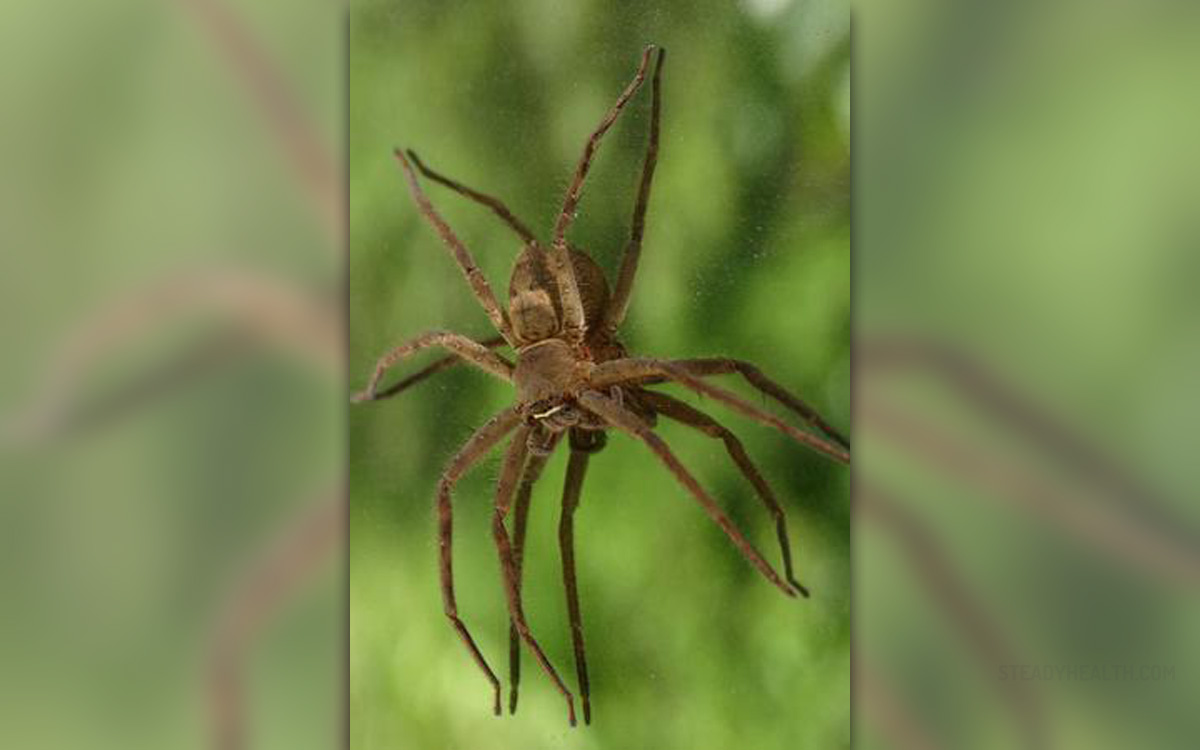
Brown recluse bite can be quite dangerous because it does not cause much pain, so the bite victim may not instantly be aware of the bite. However, the effect of this spider’s venom gradually increases, and leads to potentially fatal conditions, such as kidney failure and coma. This is why it is very important to recognize the symptoms and the stages of a brown recluse bite.
About Brown Recluse
Brown recluse is a spider that is usually between one and three fourth of an inch long and it can be brown, deep yellow or gray. It is also known by the names fiddle back spider, violin spider and brown fiddler.
This spider attacks humans when it feels endangered. It usually bites when a human foot, leg, hand or other body part is unintentionally found in its vicinity.
The venom that this spider releases after the bite contains cytotoxins and hemolytic compounds, but it initially causes only a mild stinging sensation, and not much pain.
Brown Recluse Bite Stages
As mentioned above, the brown recluse bite does not cause significant pain in the beginning, only mild stinging. However, the venom produced by this spider contains certain enzymes that after six hours of so start destroying the tissue and triggering the immune response from the body to separate the venom. This results in rather severe pain and itching. In this stage, the brown recluse bite victim may also experience rash, blisters and even pustules around the bite mark.
After this stage, the venom starts destroying the red blood cells, which leads to decreased oxygen supply to the affected area. As a result, the skin surrounding the bite mark becomes gray, with tiny red spot surrounded by faint red halo, which is caused by the bite.
If the venom penetrates the bloodstream, for example through a capillary, it can affect the whole body, and this is called systemic loxoscelism. There may be symptoms like nausea, vomiting, fever, chills and dizziness, and also a rash called morbilliform rash, which takes form of tiny red dots all over the body, and not just at the area that was bitten.
If the venom progresses through the bloodstream, it can lead to serious, potentially fatal complications, like seizures, coma and kidney failure. It is therefore vital to seek immediate medical attention as soon as the bite symptoms appear. The sooner they are diagnosed and treated, the better. The treatment usually consists of cortisone, antibiotics and over-the-counter medication that help with the pain and the rash.





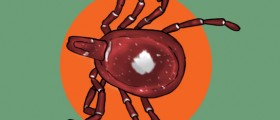
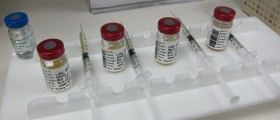

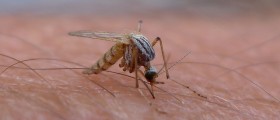
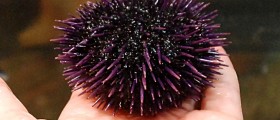
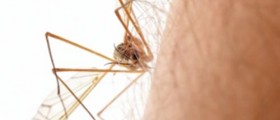


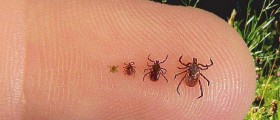



Your thoughts on this
Loading...